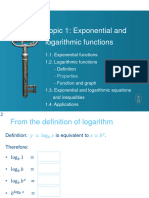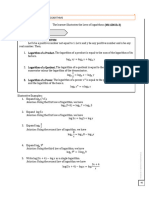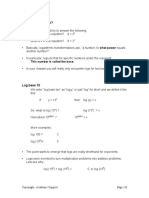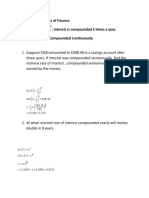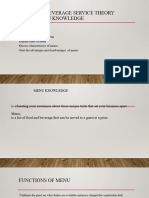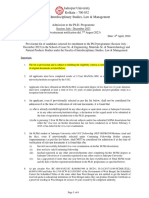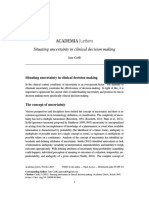0% found this document useful (0 votes)
161 views21 pagesLogarithmic Functions Guide
Logarithmic functions are the inverse of exponential functions. The key properties of logarithms are:
1) The log of a product is the sum of the logs.
2) The sum of the logs is the log of the product.
3) The log of a quotient is the difference of the logs.
Solving logarithmic and exponential equations involves isolating the exponential or logarithmic term and applying inverse operations to solve for the variable. Common mistakes involve improperly applying rules for logarithms or confusing logarithmic and exponential properties.
Uploaded by
AACopyright
© © All Rights Reserved
We take content rights seriously. If you suspect this is your content, claim it here.
Available Formats
Download as DOCX, PDF, TXT or read online on Scribd
0% found this document useful (0 votes)
161 views21 pagesLogarithmic Functions Guide
Logarithmic functions are the inverse of exponential functions. The key properties of logarithms are:
1) The log of a product is the sum of the logs.
2) The sum of the logs is the log of the product.
3) The log of a quotient is the difference of the logs.
Solving logarithmic and exponential equations involves isolating the exponential or logarithmic term and applying inverse operations to solve for the variable. Common mistakes involve improperly applying rules for logarithms or confusing logarithmic and exponential properties.
Uploaded by
AACopyright
© © All Rights Reserved
We take content rights seriously. If you suspect this is your content, claim it here.
Available Formats
Download as DOCX, PDF, TXT or read online on Scribd
/ 21







